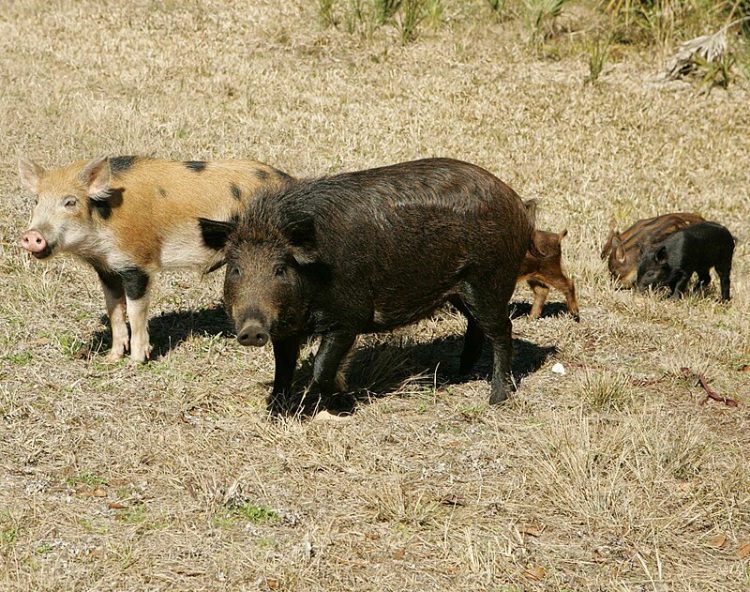
Canada’s Feral ‘Super Pigs’ Are Virtually Impossible to Eradicate
Northern US states are preparing for an invasion of incredibly intelligent and highly adaptable ‘super pigs’ that threaten to spill over the border from Canada.

Northern US states are preparing for an invasion of incredibly intelligent and highly adaptable ‘super pigs’ that threaten to spill over the border from Canada.
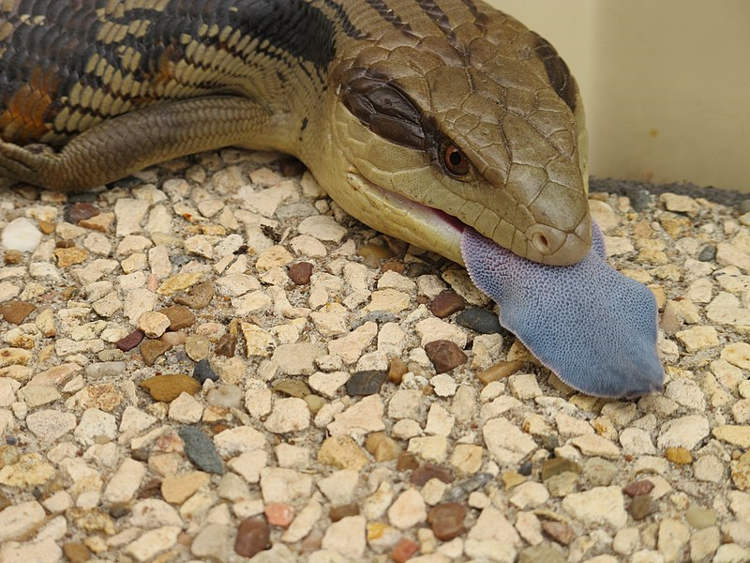
The blue-tongued skink, a lizard native to the Australian continent, has a rather bizarre defense mechanism – it sticks its bright-blue tongue out to predators
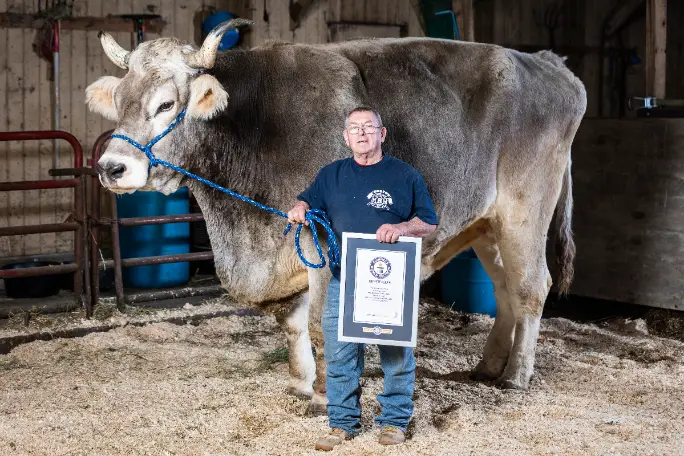
Tommy, a 13-year-old Brown Swiss from Cheshire, in Massachusets, was recently crowned the world’s tallest living steer, measuring an impressive 1.87m(6ft 1in). Tommy the steer

It’s rare for any dog to reach 100 kilograms, let alone a stray one, but Krugets, a stray dog living in the Russian city of

A French man traveling through Switzerland was stunned to receive a bill for 9,241 Swiss francs ($10,000) from the firefighters who rescued his pet dog
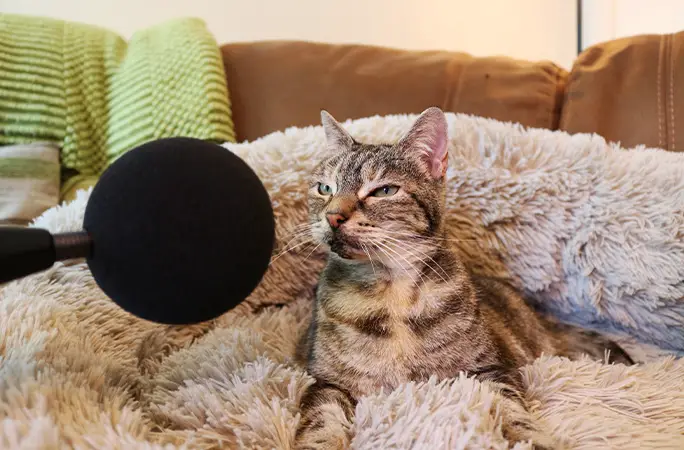
Bella, a 14-year-old feline from Huntingdon, UK, has claimed the Guinness Record for the world’s loudest purr by a domestic cat, with a noisy purr
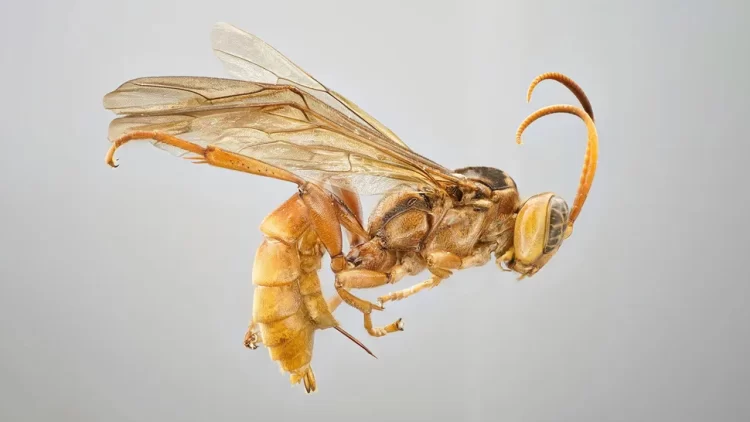
Capitojoppa amazonica is a newly-discovered genus of parasitic wasps that stabs its victims with its giant ovipositor and sucks the blood out of them before

For the past five months, the people of Pravia, a town in Spain’s Asturias Region, have been under constant siege from flocks of crows who
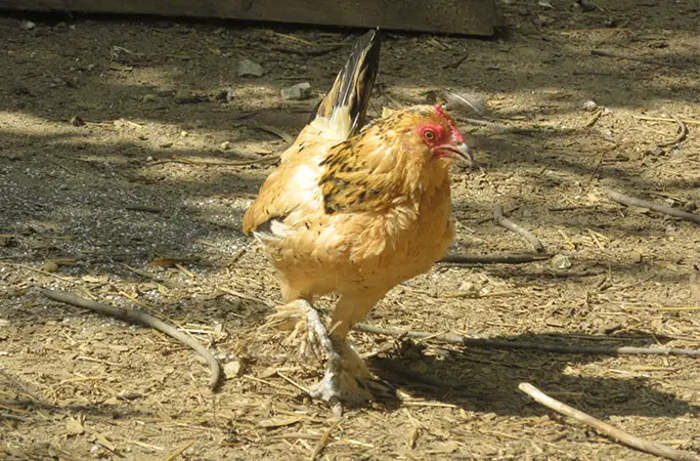
Peanut, a chicken from a no-kill farm in Michigan, is the current Guinness Record holder for the ‘world’s oldest chicken’, at 21 years, 156 days,

The head of a property agency in Iran was recently arrested for helping a couple with no human heirs transfer the property rights to their

Catia Lattouf de Arída has been using her apartment in Mexico City as a hospital and sanctuary for injured and abandoned hummingbirds for the last
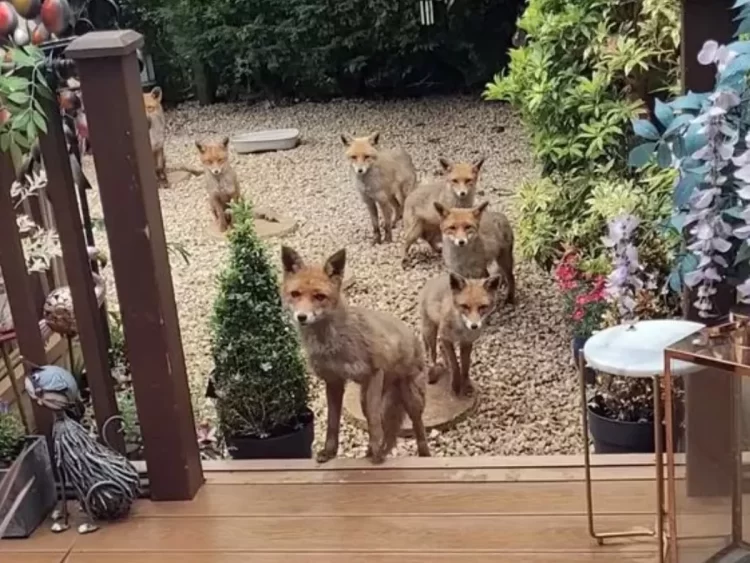
A UK woman has become somewhat of an online sensation thanks to the family of adorable foxes that has been showing up on her doorstep
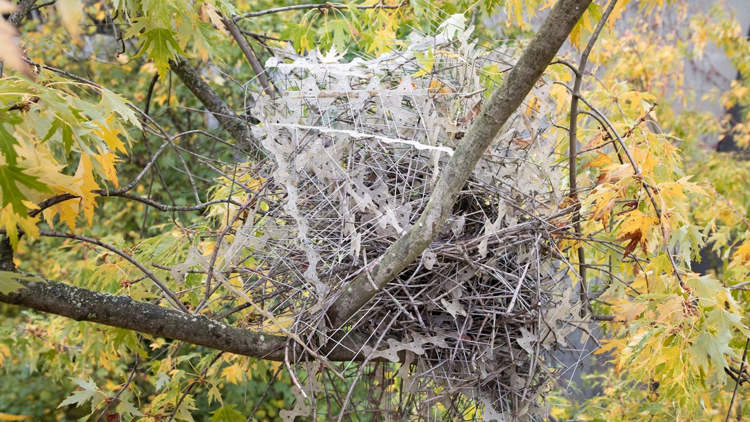
A team of Dutch researchers has discovered that magpies and crows are using metal spikes designed to keep them away from certain urban areas to
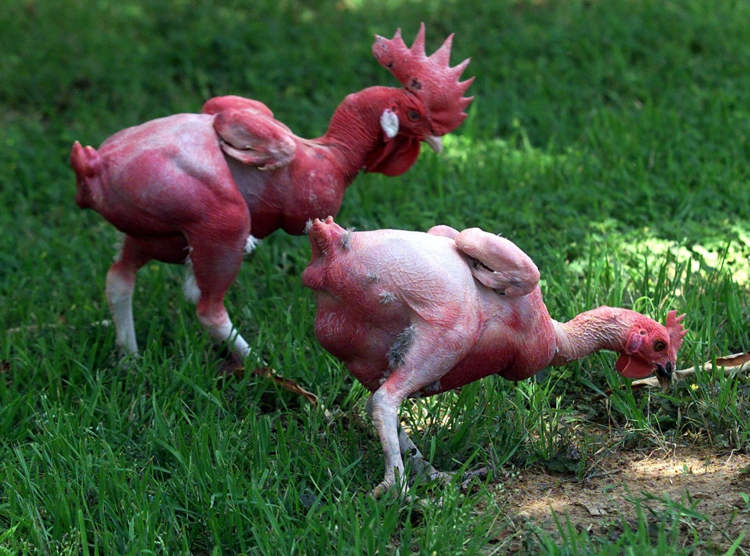
Featherless chicken is a relatively new breed of poultry created through selective breeding in order to combat a very common problem – overheating. However, the
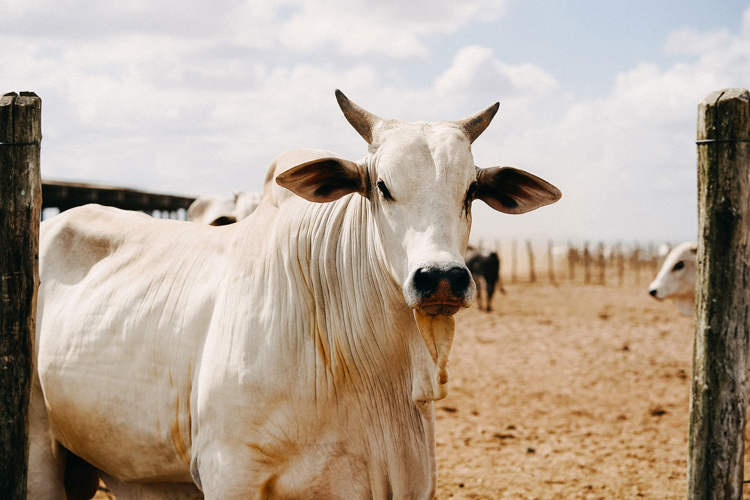
A 4-and-a-half-year-old Nelore breed cow known as Viatina-19 FIV Mara Imóveis was recently priced at $4.3 million, making it the most expensive cow in the